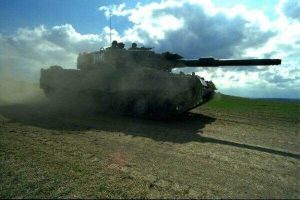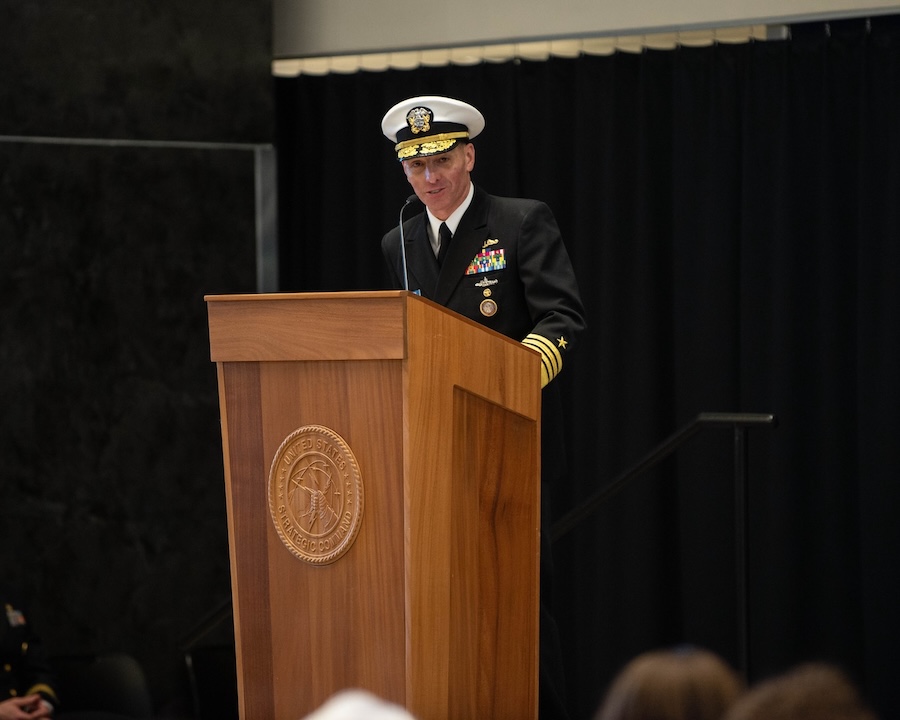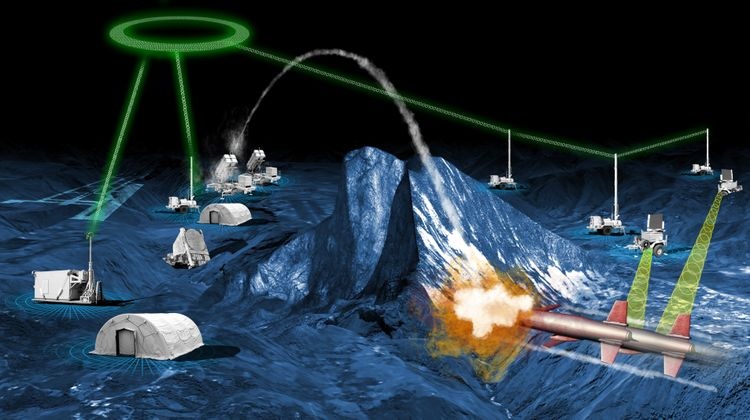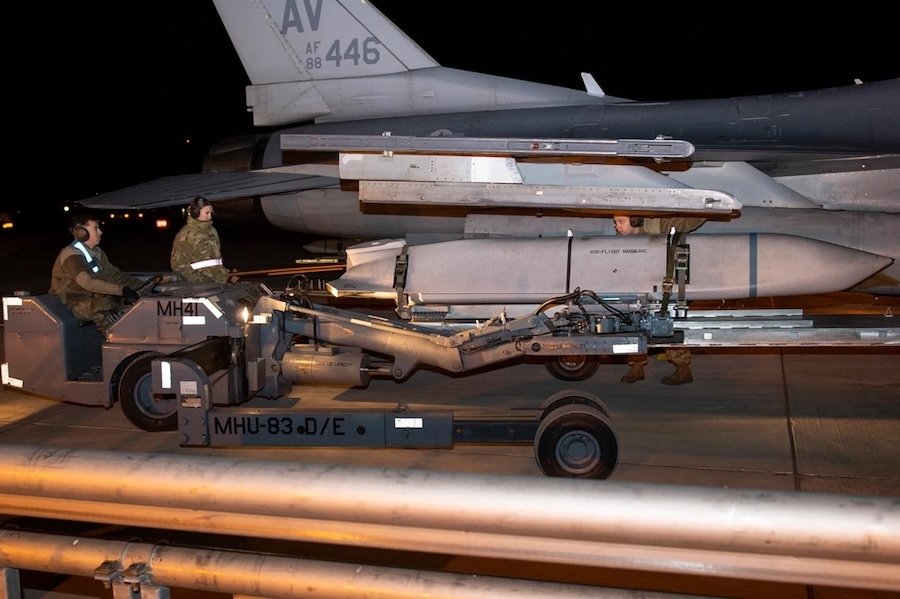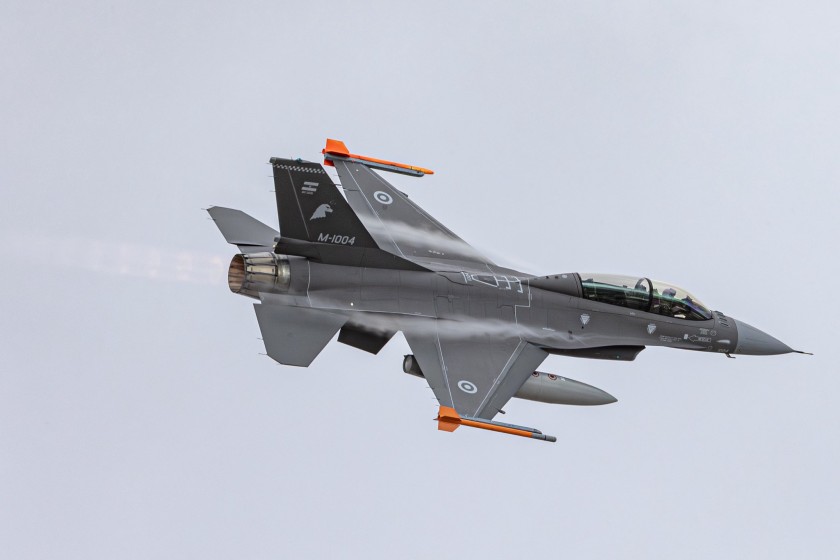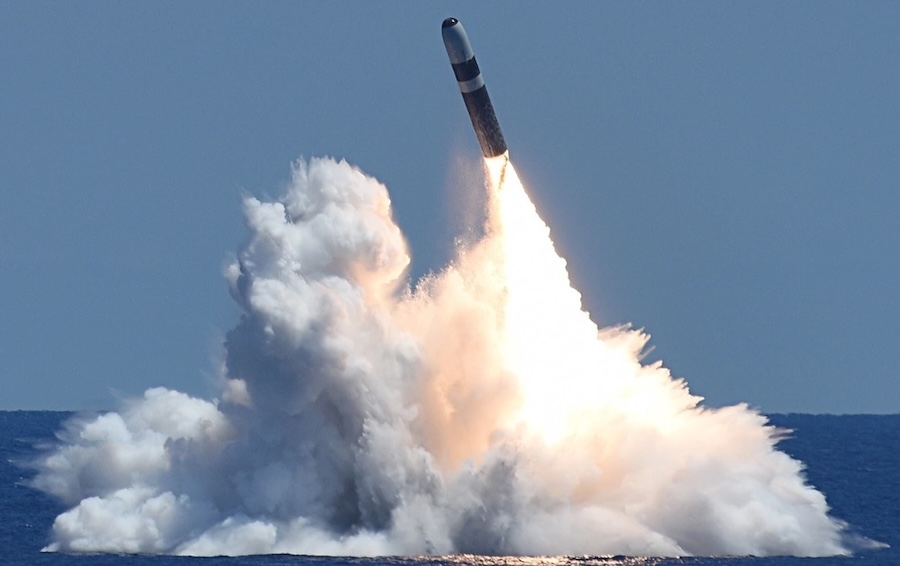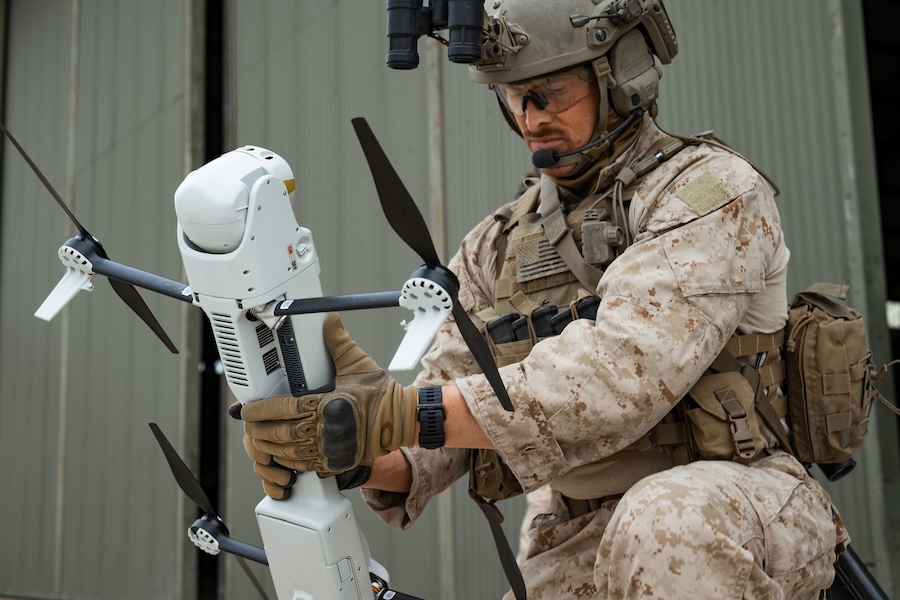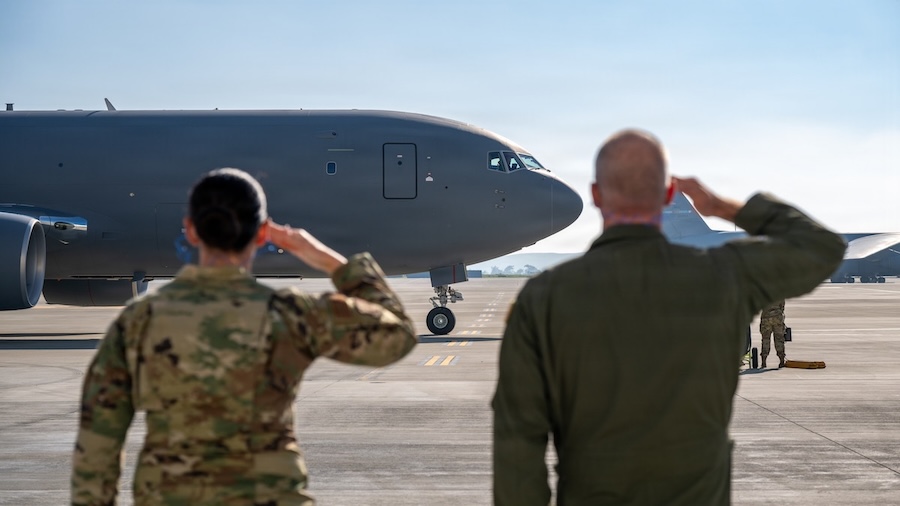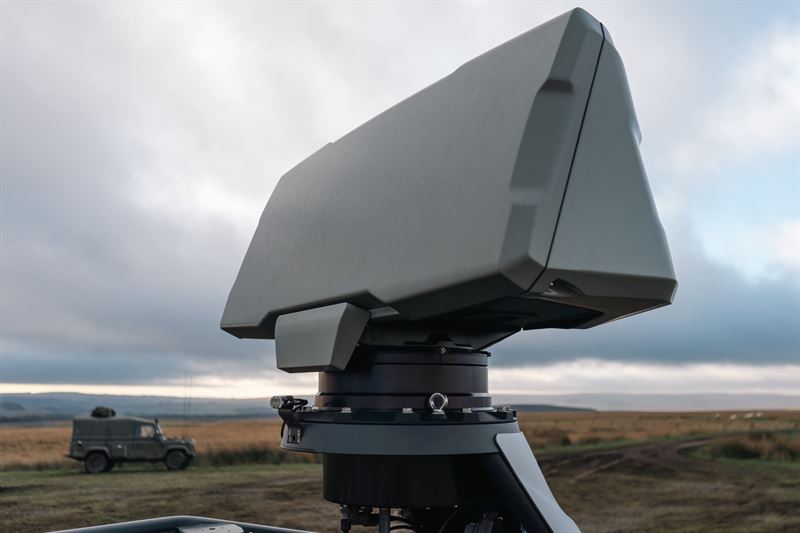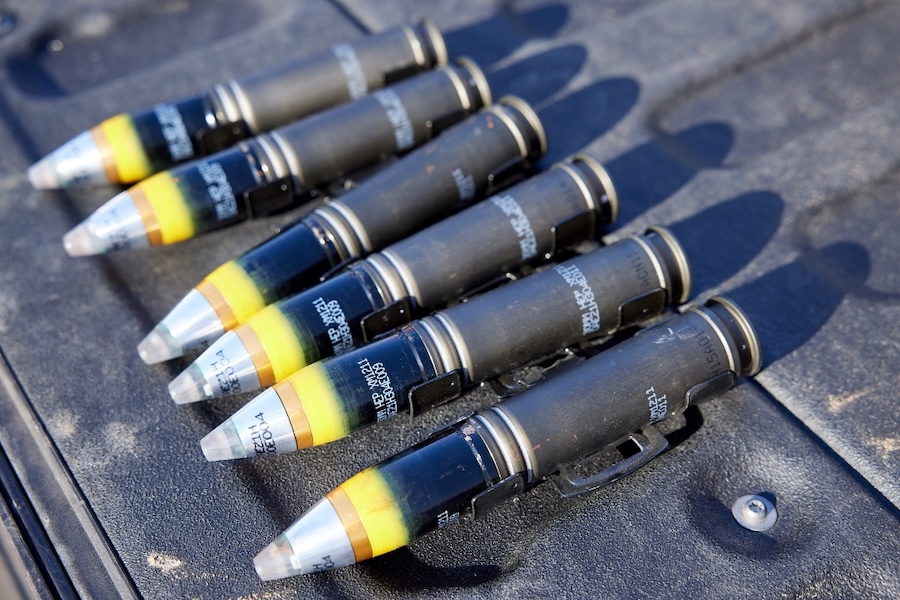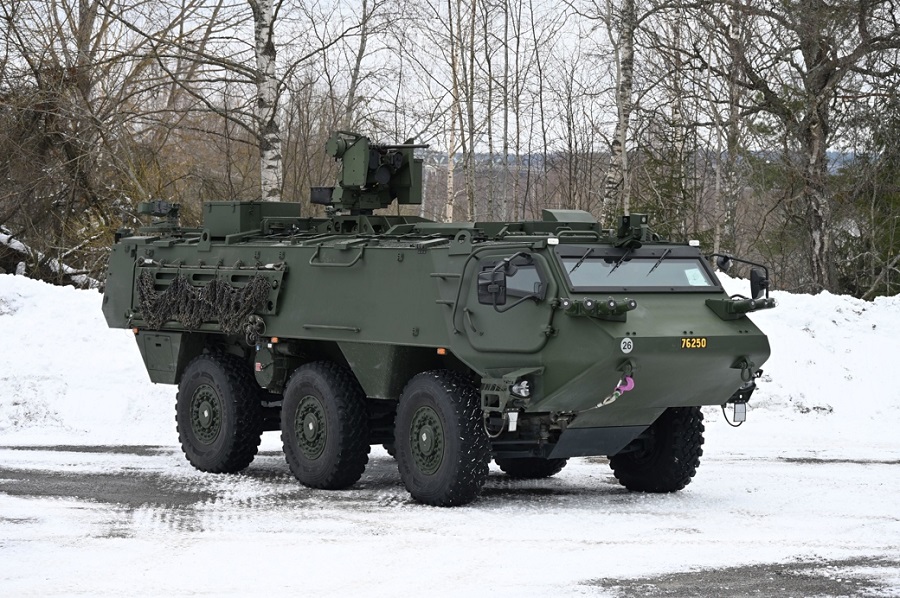The decision to house the battalion at the Niedersachsen barracks was made primarily due to the extensive training grounds available there. Unlike in the Netherlands, the German site offers enough space for realistic tank training and live-fire exercises.
Dutch troops will train and be educated alongside their German counterparts, further strengthening the two nations’ defence cooperation. The battalion will consist of 46 Leopard 2A8 main battle tanks, with each squadron of 14 tanks also incorporating unmanned systems.
Depending on developments with these new technologies, the total number of tanks could increase from 46 to 52. This step reflects an ongoing innovation within the armed forces, integrating both traditional and advanced capabilities.
Minister Brekelmans praised the bilateral collaboration, stating: “This unique form of cooperation with Germany has enabled the Netherlands to retain vital knowledge in fighting with and against tanks in recent years.” He described international partnerships as “essential to effectively guarantee our security against rising threats in Europe.”
Further planning will now focus on infrastructure at the Bergen-Hohne base, including accommodation, roadways, and storage facilities. Detailed arrangements will be made in the coming months to ensure the base is ready to receive personnel and equipment.
The full battalion will comprise around 500 service members. The first Dutch troops are expected to begin operating from the site in 2027, with the battalion reaching full operational capability by 2030.
The move marks a significant return of national tank capability for the Netherlands, which disbanded its tank units in 2011 due to budget cuts. Since then, Dutch forces have maintained their armoured expertise through close cooperation with Germany’s 414 Tank Battalion, which is already based at Bergen-Hohne.
Source: Ministry of Defence of the Netherlands.









